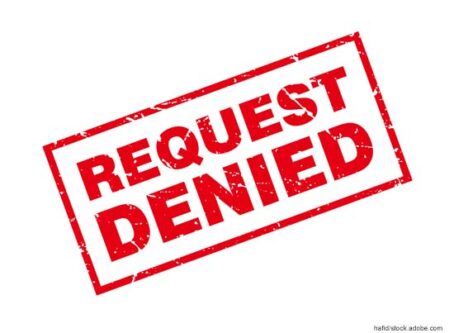Environmental spill companies denied HOS exemption
An hours-of-service exemption request from a group of environmental spill services companies has been denied.
The Federal Motor Carrier Safety Administration published the notice of denial in the Federal Register on Nov. 12.
Members of the Spill Control Association of America – HEPACO, Heritage Environmental Services, Lewis Environmental, and Moran Environmental Recovery – submitted a joint application for exemption, requesting relief from the 14-hour rule.
The request
The four SCAA companies said that the hours-of-service limitations have created difficulties for environmental spill emergency response companies. They asked the agency to allow them to respond to a release or threat of a release of oil and other hazardous materials, subject to the following conditions for each driver:
- The on-duty period may not exceed 4.5 additional hours for a total of 18.5 hours of nonconsecutive on-duty time before the required reset.
- Driving time for drivers who exceed the 14-hour period may not exceed eight hours.
- Driving is not permitted after 70 hours on duty in eight days.
- Drivers must take 10 hours off duty following the duty day.
- All drivers must comply with the ELD rule.
The SCAA told the agency that if the exemption is not granted, there could be a disruption of national/regional commerce, including delays in power restoration and protection of interstate commerce and infrastructure.
Reason for denial
FMCSA denied the request made by the environmental spill emergency response companies, saying there is no basis for determining that the exemption would achieve a level of safety equivalent to or greater than the current regulations.
“Based on the body of research underlying the hours-of-service requirements, there is no basis for granting an exemption that would allow an individual to drive after the 18th hour of coming on duty,” FMCSA wrote. “Although SCAA explained that drivers would not exceed eight hours of driving time during a work shift, the agency does not believe there is a basis for concluding that the eight-hour limit for driving time offsets the potential increase in safety risks associated with an 18.5 hour driving window.
“The applicants are essentially requesting that the 14-hour rule be extended by 4.5 hours in exchange for a three-hour reduction in the driving time limit. The agency does not find this safety tradeoff to be persuasive.”









